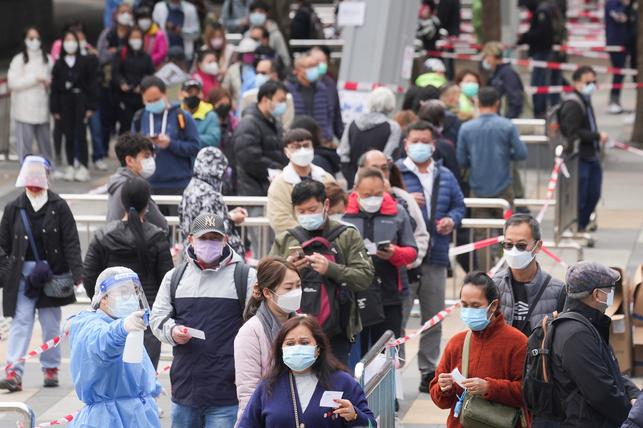RUBEN BONILLA GONZALO / Getty Images
En español
At MedStar Washington Hospital Center in the nation’s capital, things are finally starting to slow down after what infectious disease chief Glenn Wortmann, M.D., says was “a pretty busy” time.

Washington was one of the first cities to get caught up in omicron’s swift surge. And despite the variant’s reputation for being less virulent than its predecessor, the delta variant, the highly contagious strain sent hospital admissions soaring to new heights, stretching health care facilities and providers thin. Deaths caused by omicron also spiked throughout the U.S., from about 1,100 a day in early November to more than 3,000 a day in mid-January, and similar to trends tracked throughout the pandemic, older adults are shouldering the burden with illness and mortality rates that are much higher than those for their younger peers.
“Omicron is not the common cold,” the World Health Organization’s Maria Van Kerkhove cautioned during a January press briefing. “It can still cause severe disease, particularly among people who are not vaccinated, [as well as] people of older age and people with underlying conditions.” Centers for Disease Control and Prevention (CDC) Director Rochelle Walensky echoed this warning during a recent press briefing, explaining that when it comes to omicron, “milder does not mean mild.”
Symptoms are “all over the map”
If omicron isn’t necessarily mild, what is it? Robert Wachter, M.D., professor and chair of the Department of Medicine at the University of California, San Francisco, describes the symptoms of the new variant as “all over the map.”








